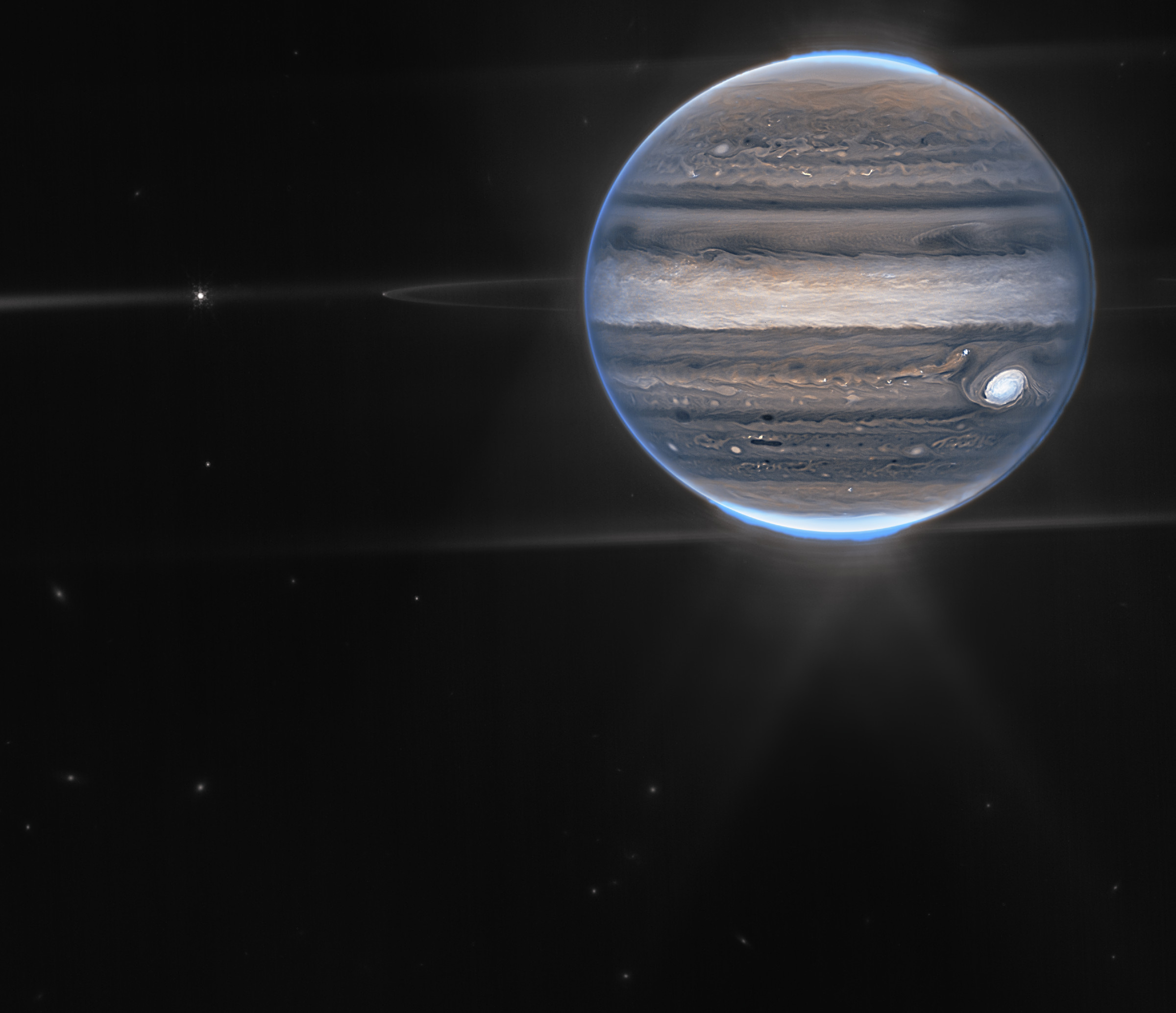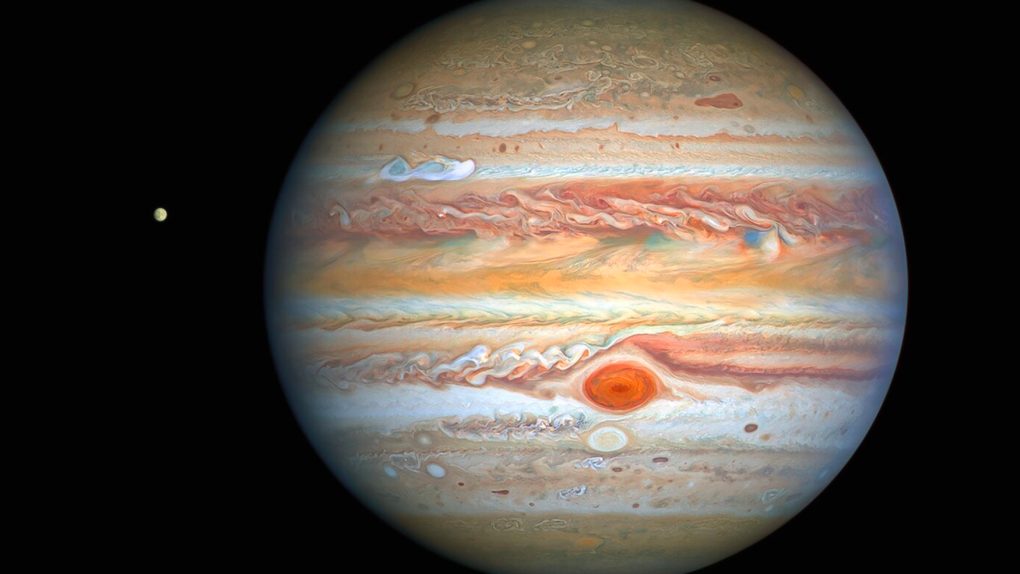Jupiter is a beautiful planet, and one of the most eye-catching that you’ll find within our solar system. The gas giant just has a lot going on. And now, thanks to the power of the James Webb space telescope, we’ve been given a spectacular view of auroras on Jupiter. Additionally, James Webb has captured some amazing images of the planet’s haze and details like never before.

Auroras on Earth are absolutely stunning. And, we were recently given a great view of the northern lights from the ISS. But what about auroras on other planets? Well, thanks to the sheer power of the James Webb space telescope, we’ve not been given a detailed look at auroras on Jupiter.
The reveal comes thanks to several new images shared by NASA this week. The images contain so much detail that they may give scientists more clues about Jupiter’s inner life, NASA says. One of the images contains the planet itself. The other showcases its rings, tiny moons, and even galaxies that lie beyond it. This insane amount of detail is only possible because of James Webb, too.
“We really hadn’t expected it to be this good, to be honest,” Imke de Pater, a planetary astronomer and professor at the Paris Observatory, wrote in NASA’s original post. The two images that de Pater is referencing were captured with Webb’s Near-infrared Camera (NIRCam). Both images have great views of the auroras on Jupiter.

But the auroras aren’t the only visible thing in this image. The Great Red Spot, a famous storm large enough to swallow Earth, is also visible. It’s white in these images because of the sunlight it reflects. Another member of the Webb team says that the storm’s high altitude causes it to appear so brightly in Webb’s instruments.
As with most of Webb’s insane discoveries, these images of auroras on Jupiter were captured using infrared light. Infrared light isn’t visible to the naked human eye. As such, the Webb team had to take data gathered by the space telescope and turn it into the images you see now. It’s also allowed us to see deeper into the universe than ever before.
These auroras on Jupiter are absolutely stunning. And, like the Martian eclipses we often see on the Red Planet, they remind us that the universe is much larger than Earth.








